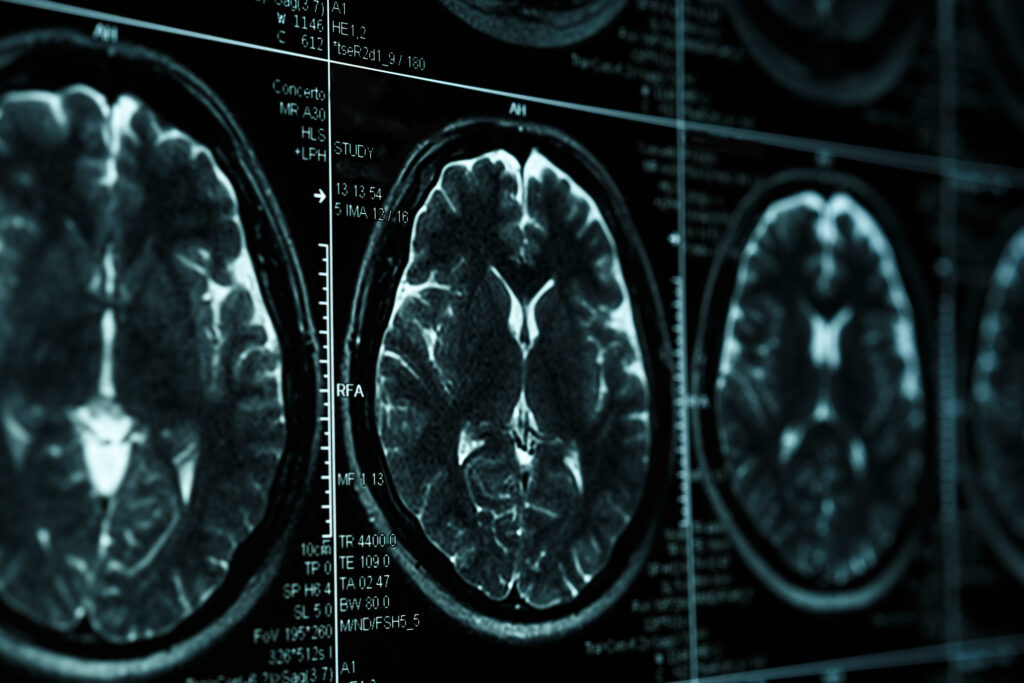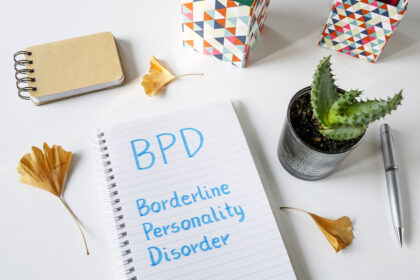Oxytocin and the Monogamous Male Mind
Introduction
The idea of sexual monogamy is rarely exhibited in male mammalian species, although it is commonly practiced amongst humans (Scheele et al., 2013). It has been proposed that the hypothalamic peptide oxytocin has contributed to mediating pair bonds in various species, including humans. While little is known about the neurobiological factors behind oxytocin and the product of fidelity in men, the authors of these studies focus on attaining evidence that connects the two phenomena. The authors aim to produce evidence that directly attribute enhanced romantic bonds and fidelity in men to the release of oxytocin when comparing their partner’s attractiveness to other women (2013).

The authors of this study suggested that oxytocin would enhance romantic bonds in men by increasing perceived attractiveness and arousal following the viewing of their female partner’s face (Scheele et al., 2013). This study also proposed that there would be an increased neural activation in the VTA, NAcc, caudate, and lentiform nuclei in this circumstance. While the biological functions surrounding long-term partner bonds in human beings remains ill-investigated, the evolutionarily conserved neuropeptide oxytocin is typically associated with the development of partner bonds in many species through its ability to interact with the brain dopamine reward system. The purpose of these studies was to determine if this relationship between oxytocin and romantic bonds is present in and applicable to the human species (2013). An earlier study had outlined that more oxytocin was present within two individuals who are in a fresh romantic relationship (Schneiderman et al., 2012). This type of precursor material could make understanding the oxytocin in each partner far more valuable. These studies are important in better comprehending the bond between two monogamous individuals, especially how the male brain interacts within a monogamous relationship and in terms of general attraction.
Article Synthesis
Discussion
To test the hypothesis that oxytocin would increase and encourage romantic bonds in men who are perceiving attractiveness and arousal by seeing their female partner’s face, the authors conducting a discovery and replication study (Scheele et al., 2013). Each of these studies was counter balanced, double-blind, and within-subject design. Both studies utilized fMRI to repeatedly scan the brains of 20 heterosexual men with a pair-bond (long term female relationship) following the introduction of OXT (24 IU) or a placebo treatment. The fMRI scanning within the discovery study exposed participants to three grayscale photographs: one of their significant other, one of another woman, and one of a control stimulus (a house). The non-partner woman photograph was carefully selected for each participant to possess many of the same features and attractiveness ratings as the participant’s partner. This was accomplished using the results of 10 independent judges (2013).
The results of these studies prove that viewing the face of a romantic partner creates a simulation of memories and experiences with that person, thus activating reward-associated regions of the brain (such as the VTA, NAcc, caudate, and lentiform nuclei) (Scheele et al., 2013). Specifically, an enhanced partner bias was detected through the increase of response to partner stimuli when compared with unfamiliar women in the brain reward regions, especially the ventral tegmental area and the nucleus accumbens (NAcc). The parallel display of oxytocin present in the left NAcc suggested that the findings were oriented as partner-bond specific, instead of just due to general familiarity. These results also indicate that oxytocin is a foundational element in terms of the bond found within a romantic relationship (2013).
Critique and Weaknesses

Although the authors of these studies do an excellent job of breaking down the fMRI scans, and drawing the correlation to oxytocin and monogamy, there are a few critiques which may make it harder for these studies to be generalized. Firstly, twenty participants is a rather slim participant sample to work with, especially given the extreme intricacy of the study variables. Selecting participants from varying demographics, perhaps even from around the world, might provide more sensibility in terms of better understanding and generalizing the results. Secondly, measuring something like brain activity can vary immensely from individual to individual, and thus, it could be said that the participant pool was simply very similar in brain formation and thought patterns. Additionally, the use of only 10 independent judges to match face and attraction types between female photographs could be considered too subjective.
Potential for Derivative Research
Future studies which follow suit to these studies may want to consider computer generated algorithms to judge female faces for comparative details and attractiveness. This methodology may be a more complex setup but would likely provide less bias in terms of selecting “attractive females with similar structures to one’s female partner.” Having an independent method such as a computer algorithm could tremendously improve the generalization of the results. It is worth noting that there have been several studies following this research which express oxytocin as a critical component of social relationships (Algoe et al., 2017). One study, for example, began to analyze oxytocin levels as they compare to gratitude and responsiveness between romantic partners (2017). While this study is not focusing on the same hypothesis or research questions, it is relevant in the sense that future studies are helping researchers better understand the relationship between oxytocin and the romantic bond. Further research should be conducted on how the degree of oxytocin present in the system affects behavior and general psychology between partners. Additionally, research should be conducted that involves measuring oxytocin levels of both partners within a relationship, not only the male component.
Conclusion

To summarize, the authors of these studies do a fantastic job of breaking new ground in terms of how oxytocin develops in a romantic partnership. They provided adequate research and data analysis which firmly asserts their hypothesis of oxytocin’s impact on a partner-bond as true. They also go over a reasonable amount of comparable data in terms of how oxytocin interacts within the romantic, monogamous relationships of other species. Their research model was sound and efficiently investigates how oxytocin forms in the brain during exposure to stimuli. While the participant sample size could have been larger, leaving a need for future research which can be generalized, these studies are a good “jumping off point” for understanding this chemical relationship with partnership bonds.
References
Algoe, S., Kurtz, L., and Grewen, K. (2017). Oxytocin and Social Bonds: The Role of Oxytocin in Perceptions of Romantic Partners’ Bonding Behavior. Psychol Sci, 28(12), 1763-1772. DOI: 10.1177/0956797617716922
Scheele, D., Wille, A., Kendrick, K., and Hurlemann, R., (2013). Oxytocin Enhances Brain Reward System Responses in Men Viewing the Face of Their Female Partner. PNAS, 110(50). DOI: https://doi.org/10.1073/pnas.1314190110
Schneiderman, I., Zagoory-Sharon, O., Leckman, J., and Feldman, R. (2012). Oxytocin during the initial stages of romantic attachment: relations to couples’ interactive reciprocity. Psychoneuroendocrinology, 37(8), 1277-85. DOI: 10.1016/j.psyneuen.2011.12.021




